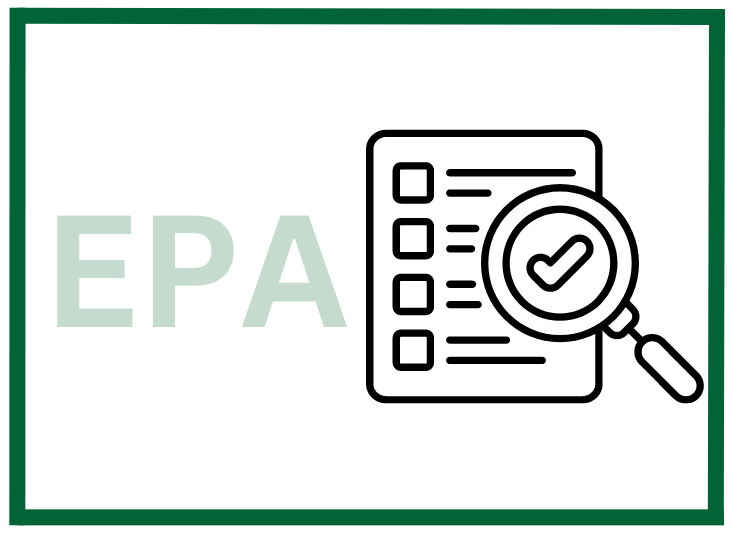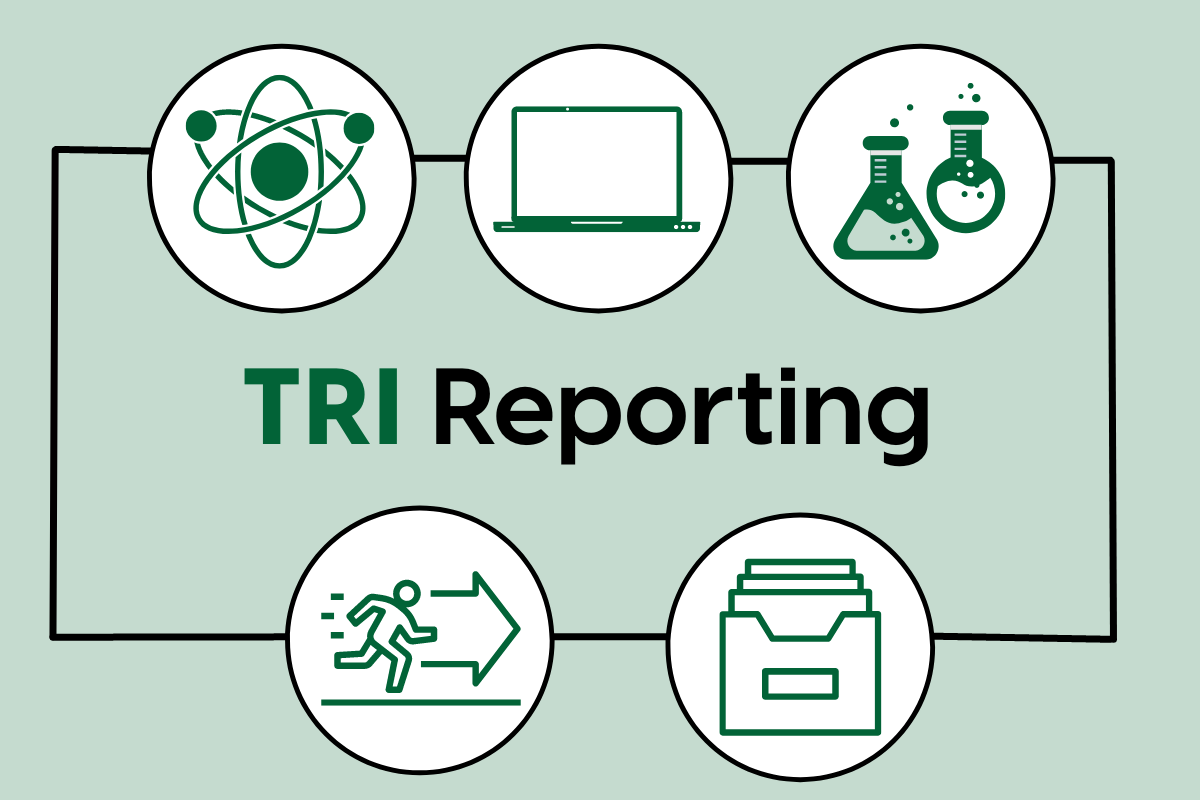Important Reporting Deadline: What you need to know about your biennial hazardous waste report.
 It’s time to start thinking about Biennial Reports again. Hazardous waste large quantity generators (LQGs) and Treatment Storage Disposal Facilities (TSDFs) are required to report their hazardous waste activities that occur during the 2015 calendar year. The report should compile information on the type, source, form, quantities, and management of hazardous wastes generated and is due on March 1st. The EPA requires that this information be submitted at least every two years; however some states require that this information be submitted annually. The EPA uses Biennial Report data for planning and developing regulations, compliance monitoring, and enforcement.
It’s time to start thinking about Biennial Reports again. Hazardous waste large quantity generators (LQGs) and Treatment Storage Disposal Facilities (TSDFs) are required to report their hazardous waste activities that occur during the 2015 calendar year. The report should compile information on the type, source, form, quantities, and management of hazardous wastes generated and is due on March 1st. The EPA requires that this information be submitted at least every two years; however some states require that this information be submitted annually. The EPA uses Biennial Report data for planning and developing regulations, compliance monitoring, and enforcement.
Here’s what you need to know:
Who Needs to Report:
Your facility needs to report if it meets any of the following criteria:
- The site generated, in any single calendar month, 1,000 kg (2,200 lbs) or more of RCRA hazardous waste; or
- The site generated, in any single calendar month, or accumulated at any time, more than 1 kg (2.2 lbs) of RCRA acute hazardous waste; or
- The site generated, in any single calendar month, or accumulated at any time, more than 100 kg (220 lbs) of spill cleanup material contaminated with RCRA acute hazardous waste.
How to Prepare:
-
Review your hazardous waste profiles
Start off the year with a hazardous waste profile review. Check to make sure all profiles are still active. Have any generation processes been altered? Have chemical constituents been added or removed? Are all of the treatment and disposal methods still the same? Use this as an opportunity to update RCRA codes, source and form codes, and management codes. This will not only make your life easier when it comes time to prepare your Biennial Report, but it will also help to maintain a compliant waste program. -
Waste minimization
This is a great time to start thinking about any new waste minimization techniques that can be implemented. Is there opportunity to reduce the quantity or toxicity of your waste? Are any waste streams eligible for recycling or reclamation? Your hazardous waste vendor may have some creative ideas. You will be required to report your waste minimization efforts on the Biennial Report. -
Generator Status Tracking
Don’t let the biennial report catch you off guard. Make sure you are actively tracking your generator status during the year. Remember, generator status is based on quantities of hazardous waste generated each month. It is not enough to track the amounts shipped out on a manifest. Small quantity generators, keep an eye out for activities that might cause you to exceed your status such as a lab cleanout. Also pay particular attention to any P-Listed material that gets ordered. Disposing of only 1 kg of P-Listed waste in one month will bump you into a LQG status. It is always best to order the smallest quantity possible to reduce the amount of unused material left for disposal.
State Variations
States may impose reporting requirements above and beyond the Federal requirements. Many states require an annual report filing (Maine, New York, Florida, Vermont, and DC to name a few). States can also have different generator status definitions and may require other categories of generators to report as well. Be sure to contact your specific state agency to make sure you understand individual state variations.
What’s it all for?
Every other year, EPA prepares a Biennial Report for the whole country.
Do you need help meeting this reporting requirement? Triumvirate Environmental can help with our EHS compliance planning and reporting services. We have experience completing biennial reports for many of our clients. Contact our sales and services team for more information.









.png)